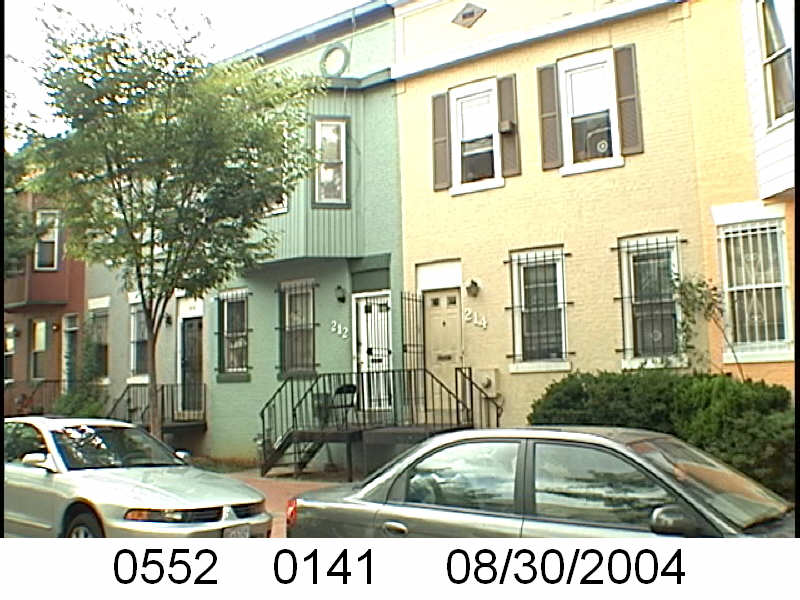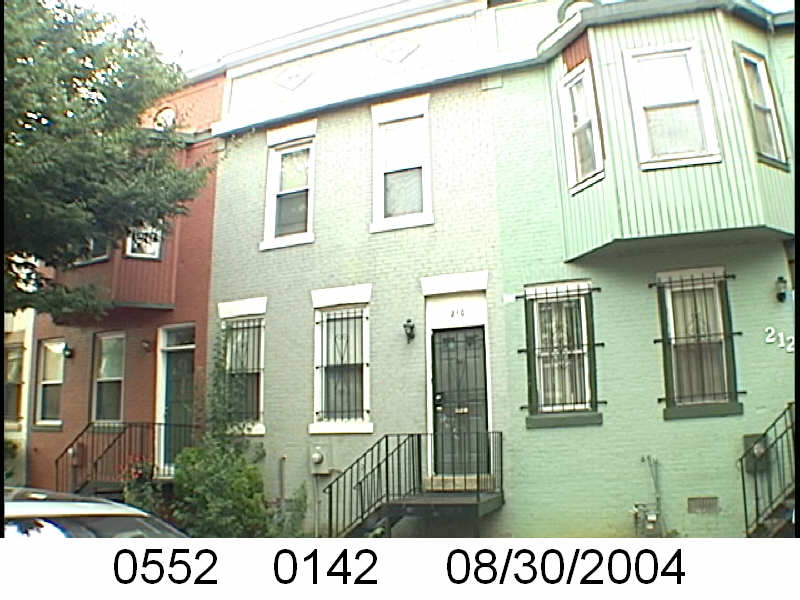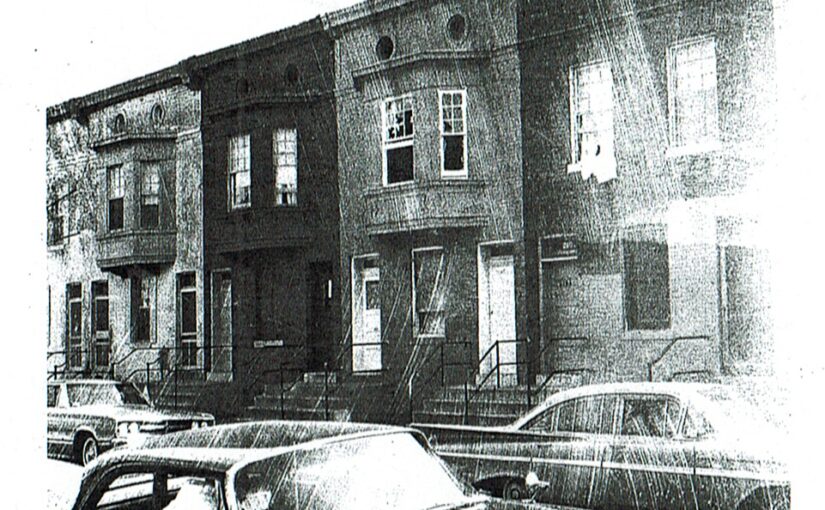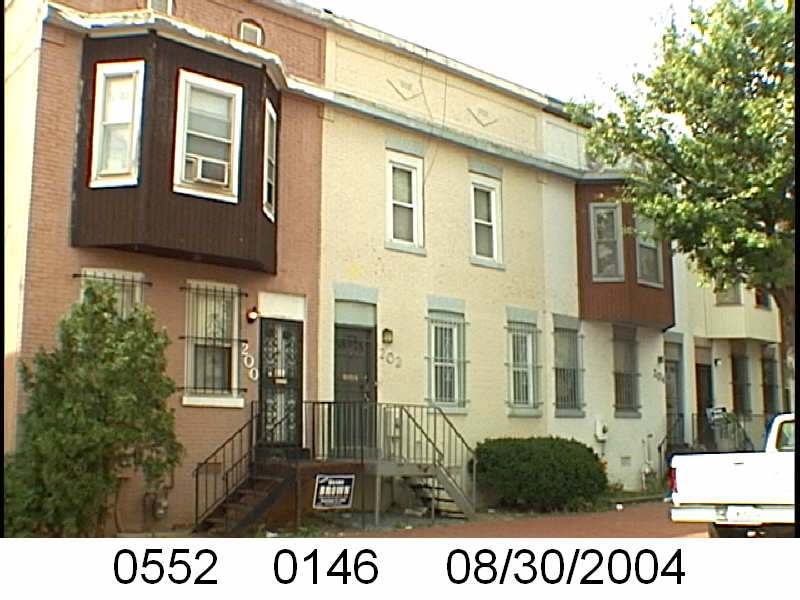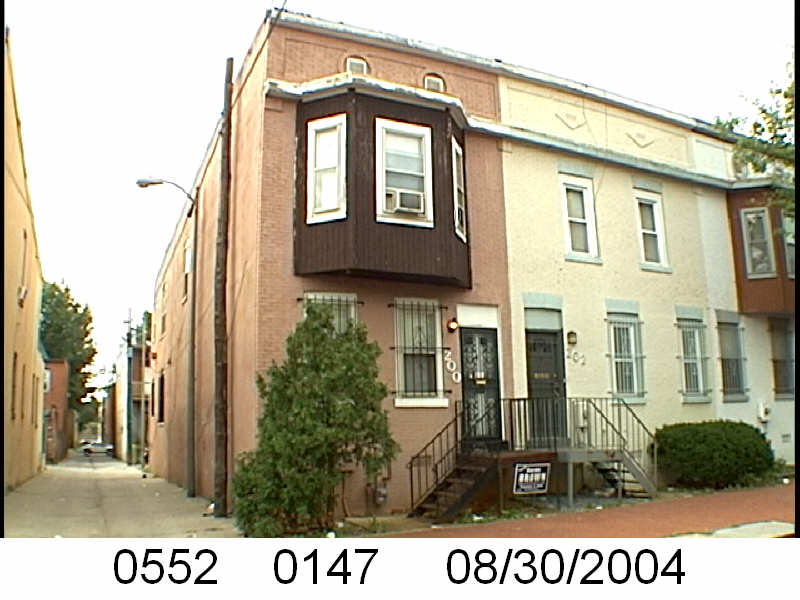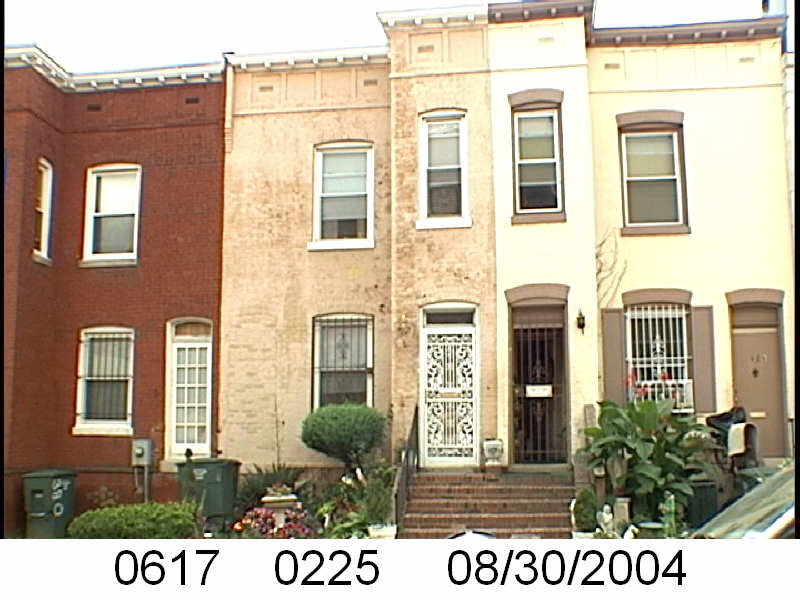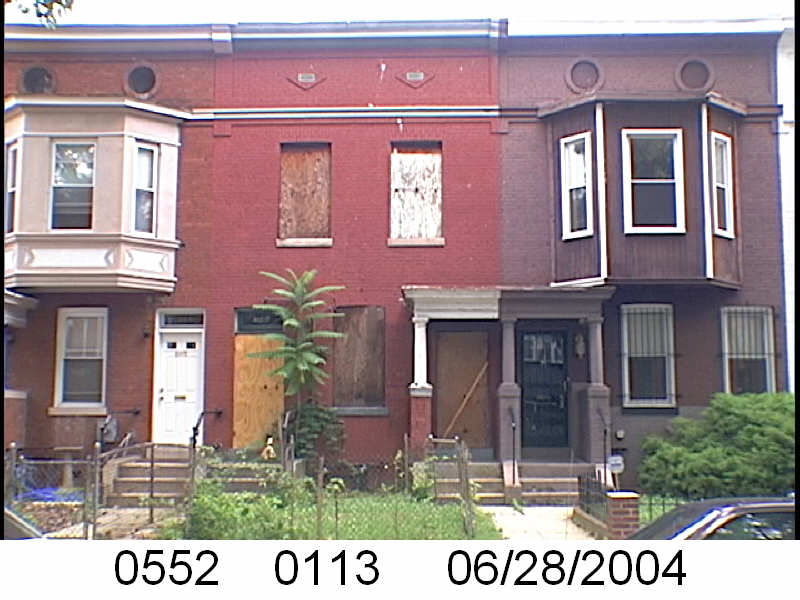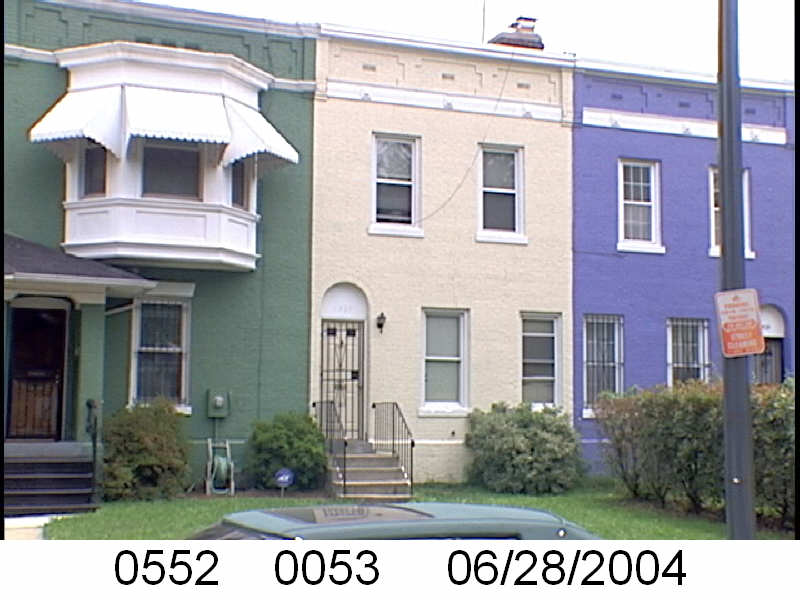The Washington Sanitary Improvement Company (WSIC) was a late 19th century charitable capitalism experiment that ended in the 1950s. This blog started looking at the homes that were supposed to be sold to African American home buyers, after decades of mainly renting to white tenants.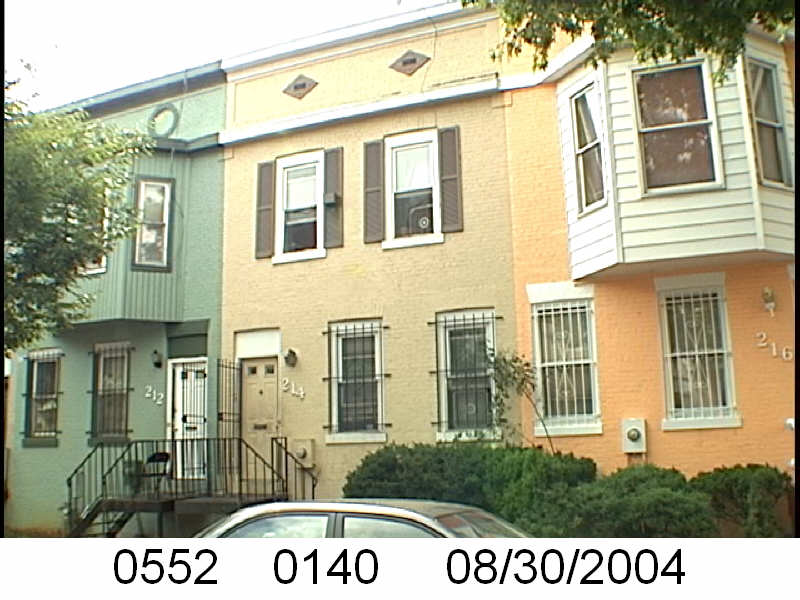
Looking at WSIC properties they tend to have a pattern where the properties were sold to a three business partners, Nathaniel J. Taube, Nathan Levin and James B. Evans as the Colonial Investment Co. for $3 million dollars. Those partners sold to African American buyers. There was usually a foreclosure. Then the property wound up in the hands of George Basiliko and or the DC Redevelopment Land Agency (RLA). Then there were the odd lucky ones who managed to avoid that fate.
Let’s see what happens with 214 Bates St NW:
- December 1950 (recorded Feb 05, 1951) Evans, Levin and Taube sold one-half of 214 Bates St NW to Henry and Jessie Mae McCreary.
- December 1950 (recorded Feb 5, 1951) the McCrearys borrowed $2,525 from Colonial Investment Co. favorite trustees Abraham H. Levin and Robert G. Weightman.
- December 1950 (recorded Feb 05, 1951) Evans, Levin, and Taube sold the other half of 214 Bates St NW to James A. Mattie O. Jones.
- Jan 1951 the Jones borrowed $2,525 from trustees Abraham H. Levin and Robert G. Weightman.
- August 1955 the McCreadys lost their half to foreclosure and via an auction it returned to Evans, Levin and Taube.
- August 1956 the Jones lost the other half to foreclosure and ownership went to new Colonial Investment Co partner Harry A. Badt, and Evans and Taube.
- August 1956, as part of a larger property package, Harry and wife Jennie Badt transfer their interest in 214 Bates St NW to Nathan Levin’s survivors.
- March 1959, as part of a larger package, Evans, Levin’s survivors, Taube and their spouses sold the property to Sophia and George Basiliko.
- Around 1971/1972 Basiliko sold the property to the DC Redevelopment Land Agency (RLA).
- June 1980 the DC RLA sold/transferred the property to the BSA Limited Partnership.
So there was the usual sad WSIC story with a house sold in halves, two foreclosures, then sold to landlord George Basiliko and then sold to the DC RLA.

